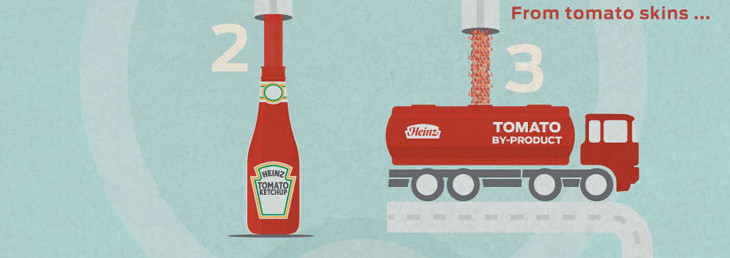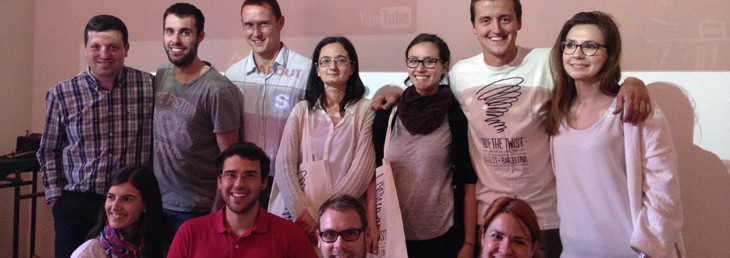You Say Tomato; Ford Says Tom-Auto
One kind of collaboration we most like is when one of the partners ends up using as a raw material for their production line whatever the other partner has been considering a wasted byproduct until that moment . That’s why we were very glad when found out Ford Motor Company is collaborating with H.J. Heinz Company to explore the use of tomato fibers in developing sustainable bio-plastic materials that can be used in vehicle manufacturing.

Our first Summer School on Co-innovation took place in spring
We’re going to have a very busy July, so we decided to hold our first Summer School on Co-innovation few weeks before actually summer arrived.

Magbooth + Forest Giant: Co-innovation sells
The partnership between Magbooth and Forest Giant had apparently nothing unusual about the kind of co-projects we like to highlight in Co-Society. But what we really caught our eyes in this case is the way the new resulting offer is being marketed: focusing on the partnership more than on the new service itself.

Aversion to co-innovation risk? Do try this at home
The best way for overcoming aversion to co-innovation risk and getting beyond the “not invented here” syndrome is by practicing it first in a safer environment. Your own organization has different division or departments. Why not start working out with co-innovation the “white spaces” between them?

Co-innovation needs leaders with a set of skills not yet taught at MBAs
The management challenges ahead will require the competencies of a collaborative leader, somebody with a set of skills necessary to work across organizational boundaries. And yet, there is not much literature about collaborative leadership, not at least as much as it’s easy to find about some other skills that business schools and management books think are essential for a business leader to master.

